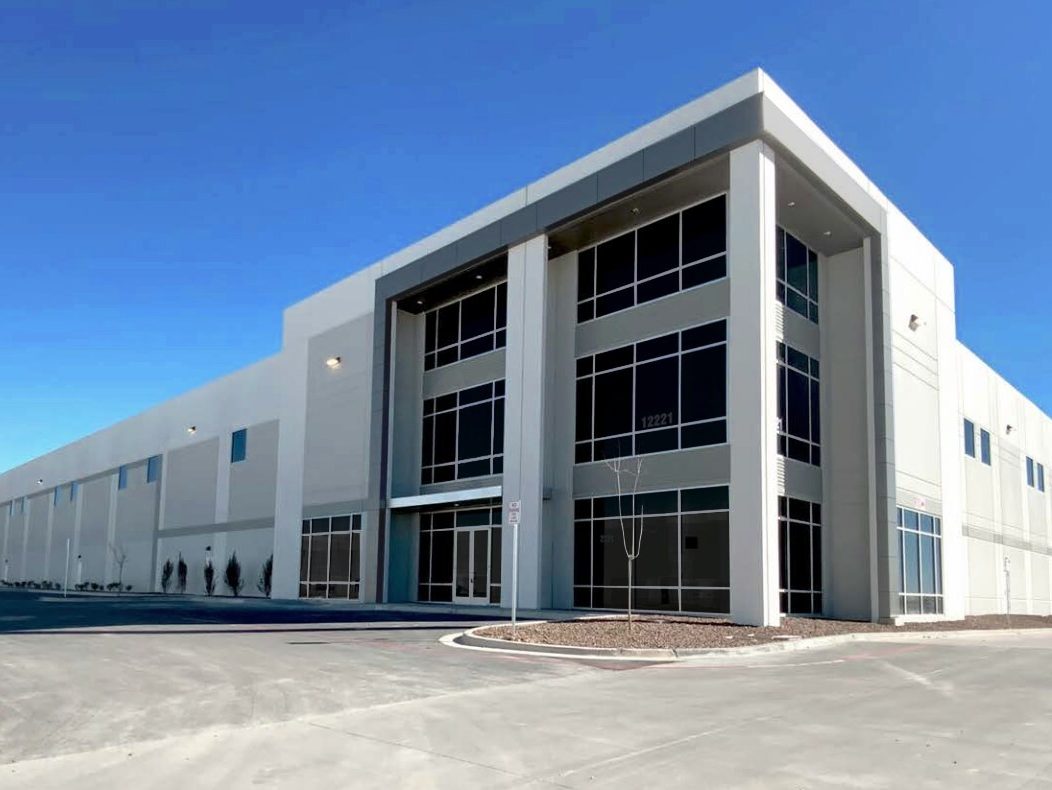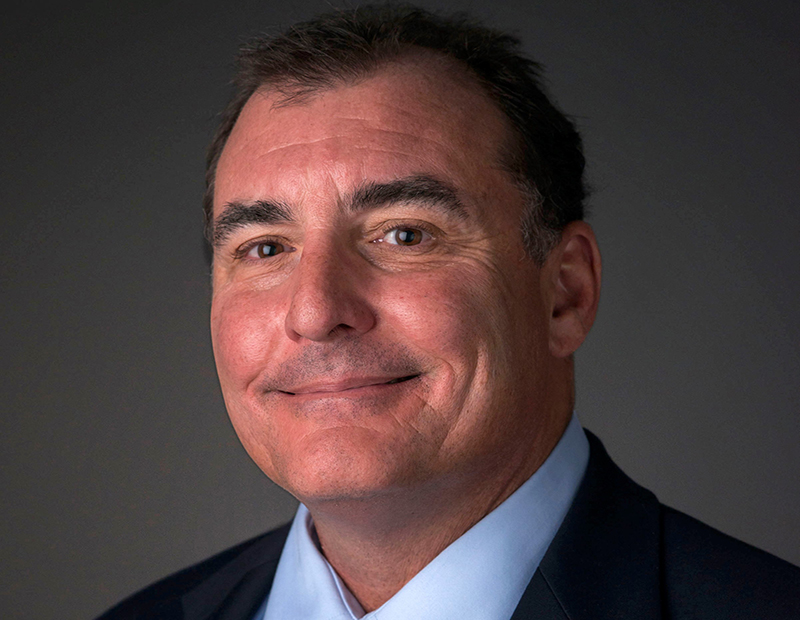Pent-Up Real Estate Investment on an Uptick
After two years of hesitancy, equity and debt providers are eager to place capital, even in the face of rising interest rates and economic uncertainty. How long will that pace continue?

Editorial Director Suzann D. Silverman
Following on the heels of the longest economic expansion in recorded history, the pandemic-driven recession was barely a blip. Buoyed by fiscal stimulus, the U.S. economy largely bounced back, with economic growth surpassing previous levels. But uncertainty is once again on the horizon, with record-high inflation, war, delays in return to office and travel, supply chain challenges, increased energy costs and a recent yield-curve inversion among the contributors to fears of a coming recession.
The Federal Reserve’s initial interest rate increase was small, though, and it has vowed to keep subsequent movement gradual and incremental amid a global upheaval that could extend the period of high inflation. So with one eye toward the uncertain future, real estate investment is forging ahead.
In fact, pent up after two years of hesitancy, the U.S. real estate investment market—and indeed real estate markets globally—was on the rise at year-end, wrote Real Capital Analytics Senior Director Tom Leahy in early March. What’s more, the U.S. average came close to its 2008 peak, and 12 of the 55 U.S. markets the research firm tracks reached record levels in the fourth quarter.
How long will that pace continue? Looking forward, a recent Marcus & Millichap survey found that the 10-year Treasury would have to increase by 100 basis points before investors significantly changed their strategy, while JLL Chief Economist Ryan Severino told our reporter Gail Kalinoski the investment market could handle an increase of 200 to 300 basis points.
Lenders, too, remain active, providing debt financing for a broad variety of property types. Not only are darlings like multifamily and industrial on their radar but so-called niche property sectors, as well—and they’re rapidly becoming mainstream, as Mark Faris discusses in his feature article “CRE Lenders Shift Focus to Alternative Assets.”
Take, for example, medical office properties. “The traditional regard of medical office as a niche asset class has ceased,” Lawrence Brin, managing director & head of healthcare real estate at MidCap Financial, told Faris. In fact, a variety of more traditional lenders are aggressively pursuing the asset class, viewing it as a low-risk growth opportunity. Data centers are receiving similar attention.
Overall, the Mortgage Bankers Association in February predicted that commercial and multifamily mortgage borrowing and lending will increase 13 percent this year, setting a record as it surpasses $1 trillion despite anticipated interest rate hikes. MBA Vice President for Commercial Real Estate Research Jamie Woodwell attributed the continued demand to increasing property income and stability in income valuation.
With capital needing to be spent, activity is picking up even in the face of uncertainty. It reminds me of that old proverb “Make hay while the sun shines.” Discipline on a sunny day, though, will mitigate whatever weather may come.








You must be logged in to post a comment.